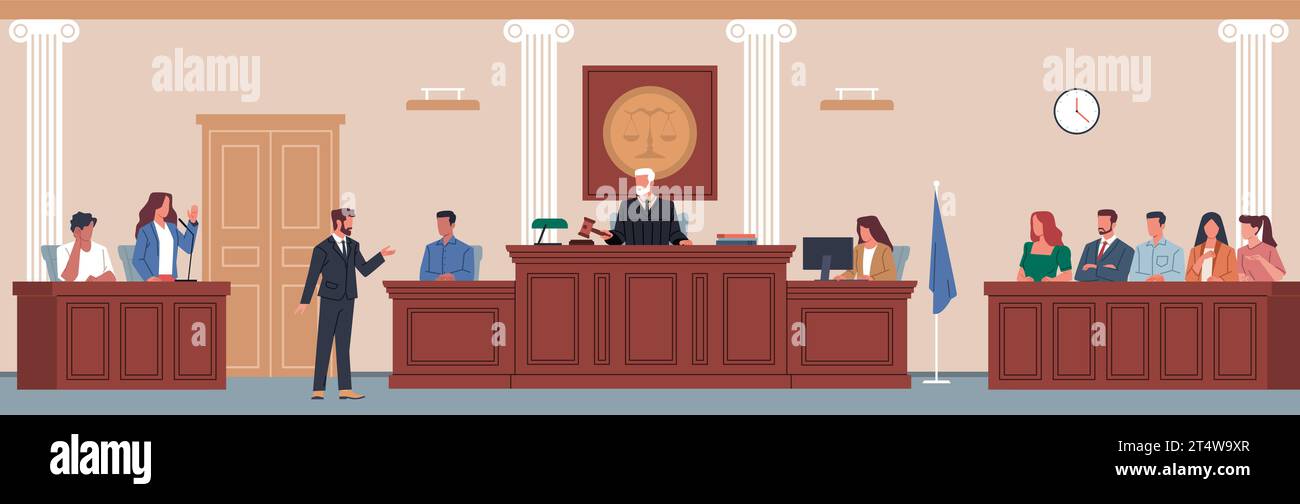Trial Presentation Expert Assistance for Persuasive Legal Arguments
Mesmerize the Court: Important Aspects of a Powerful Test Discussion
Crucial aspects such as understanding the audience, crafting an engaging narrative, and grasping verbal and non-verbal communication are vital elements of a reliable discussion. As these variables link, they form a cohesive strategy that not just informs but likewise engages jurors on numerous degrees.

Comprehending Your Audience
Comprehending your audience is a crucial element of effective trial discussion. A successful presentation rests on the ability to grasp the demographics, worths, and predispositions of jurors. This comprehension notifies how arguments are mounted, evidence is presented, and psychological appeals are crafted, guaranteeing that the message reverberates with the jurors on an individual degree.
Research shows that jurors come from diverse histories and may have differing degrees of understanding regarding lawful process. Additionally, comprehending the jurors' potential prejudices and life experiences allows the trial speaker to anticipate objections and address problems proactively.
Efficient trial discussion also includes observing jurors' responses throughout the process. Involving with jurors as individuals rather than a cumulative device is crucial in promoting a strong link in the court room.

Crafting a Compelling Story
Crafting a compelling story is essential in directing jurors via the intricacies of a case. A well-structured narrative not only simplifies intricate legal ideas however also engages jurors on an emotional level, making the info much more relatable and remarkable.
To accomplish this, attorneys should start by recognizing the core message they wish to communicate. This message ought to resonate with the jurors' worths and experiences, promoting a connection that goes beyond simple truths. The narrative should unravel practically, offering occasions in a clear series to stay clear of complication. This chronological approach can help jurors comply with the progression of occasions, stressing cause and impact.
Integrating human components-- such as personal tales or anecdotes-- can further enhance the narrative's effect. These components evoke compassion, enabling jurors to picture the effects of the instance on real lives. Additionally, using a constant theme throughout the discussion strengthens the main debate, making it simpler for jurors to maintain important factors.
Inevitably, an engaging narrative transforms a trial presentation from a mere recounting of realities right into an influential story that astounds the jury, urging them to mull over with both reason and feeling.
Using Aesthetic Aids
Incorporating aesthetic help right into a test presentation can dramatically enhance jurors' understanding and retention of information. Aesthetic materials such as graphes, diagrams, photographs, and video clips can change complicated legal principles and proof right into quickly absorbable styles. By involving numerous senses, these help allow jurors to envision the instance's crucial elements, making it simpler for them to adhere to along and understand intricate information.
In addition, properly designed aesthetic help can highlight crucial points and highlight partnerships in between various items of evidence. As an example, timelines can properly illustrate the sequence of occasions, while annotated pictures can clarify specific details appropriate to the case. This not only help in understanding but also strengthens the narrative provided by the attorney.
Overly complicated or chaotic visuals might bewilder jurors and take away from the message. Eventually, reliable visual communication can be an effective device in convincing jurors and assisting them get to educated verdicts.
Grasping Verbal Communication
Reliable spoken interaction is critical in a test discussion, as it acts as the key ways with which attorneys share their arguments and get in touch with jurors. Grasping this ability involves clearness, persuasion, and engagement. Lawyers must articulate their factors clearly and concisely, preventing lawful jargon that may puzzle jurors. Simplicity in language fosters understanding and aids jurors grasp complicated problems offered during the trial.
Additionally, tone and pacing considerably effect exactly how messages are received. A positive tone shares authority, while suitable pacing allows jurors to take in information without feeling bewildered. Lawyers This Site should likewise differ their vocal inflections to highlight vital points and preserve jurors' interest throughout the discussion.
In addition, the company of verbal disagreements is crucial. Structuring the narrative realistically and coherently assists jurors follow the attorney's line of thinking, making it easier for them to retain critical information. Making use of convincing methods, such as narration, can likewise improve the emotional resonance of the arguments offered, therefore creating a more extensive link with jurors.
Eventually, understanding spoken communication not just reinforces a lawyer's situation yet also fosters depend on and connection with the court, considerably enhancing the opportunities of a favorable decision.

Involving With Body Language
Nonverbal interaction plays a vital function in test discussions, often conveying hop over to here messages that words alone can not reveal. Body movement, incorporating gestures, stance, faces, and eye contact, substantially affects exactly how jurors perceive the credibility and sincerity of the speaker. A positive stance, with shoulders back and an open pose, can instill trust fund, while closed-off body language might recommend defensiveness or uncertainty.

Facial expressions should reflect the feelings linked with the situation, enhancing the story existing. An honest expression during a touching moment can generate compassion and strengthen the emotional appeal. Inevitably, grasping body language is necessary for reliable test discussions, as it boosts verbal interaction and establishes an engaging presence that reverberates with the jury.
Final Thought
Finally, captivating the court requires a tactical strategy that incorporates understanding the audience, crafting an engaging narrative, utilizing visual help, understanding verbal interaction, and involving with body movement. Each aspect plays a crucial function in creating a powerful trial discussion that resonates with jurors on both emotional and visit our website intellectual levels (trial presentation). By integrating these components successfully, lawyers can dramatically improve their capacity to encourage and affect jury decision-making